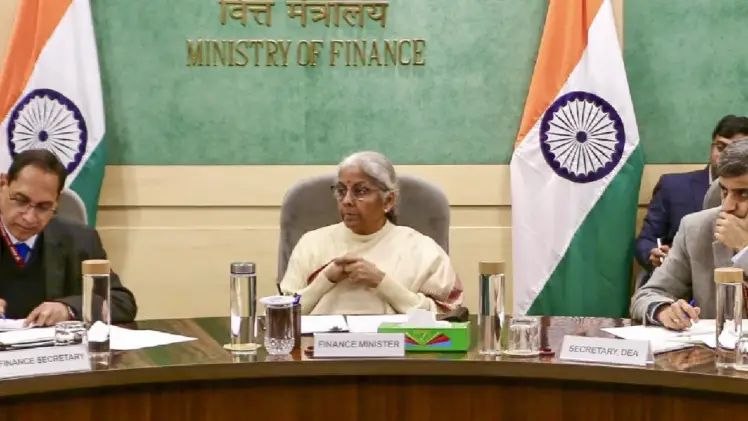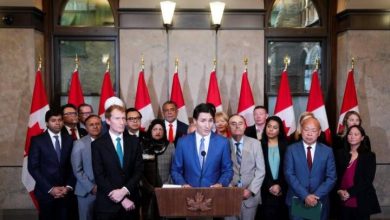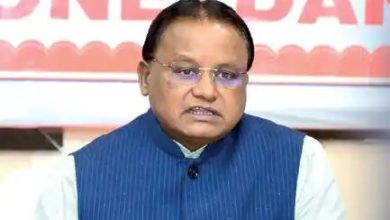Union Budget 2025: Will It Spark Economic Revival? Key Expectations From Sitharaman’s Big Reveal

As India enters 2025, all eyes are on Finance Minister Nirmala Sitharaman‘s upcoming Union Budget, set to be presented on February 1. This crucial budget will play a pivotal role in shaping India’s economic future, addressing challenges like slowing growth, high inflation, and faltering private consumption.
Economic Outlook for 2025
India’s economy faces significant hurdles entering 2025. The GDP growth for the July-September quarter of 2024 dropped to a disappointing 5.4%, marking a seven-quarter low and sparking concerns among economists. This downturn was unexpected, as most had forecasted growth of over 7%. As a result, the Reserve Bank of India (RBI) revised its growth projection for 2024-25 down to 6.6%, a far cry from previous expectations.
Factors such as falling wages, reduced company profits, and persistent inflation have combined to slow economic activity. With inflation hovering at around 6%, it has been particularly burdensome for lower-income households, impacting both rural and urban populations. Additionally, consumer demand in urban areas has weakened, largely due to high inflation and elevated borrowing costs.
The Significance of the 2025 Budget
The 2025 Union Budget is especially critical, as it will be the first full-fledged budget under Prime Minister Narendra Modi’s third term, setting the economic trajectory for the next few years. With growth projections lower than expected, the budget is seen as a key instrument to revive economic momentum.
One of the primary focuses of Budget 2025 will likely be boosting consumption and private investment. There are strong indications that the government will propose cuts in income tax for individuals earning up to Rs 15 lakh per year, providing relief to the middle class and helping stimulate demand. The government is also expected to ramp up infrastructure spending, which is critical for economic revival.
Addressing Economic Challenges
The 2024-25 fiscal year has seen a slowdown in key sectors. Manufacturing growth, which had been robust, fell to 2.2% in Q2, while mining saw a slight contraction. Services, though still growing, showed slower expansion compared to earlier projections. Private consumption expenditure also slowed to 6% in Q2, reflecting weaker demand.
To counter these trends, the government has been focusing on improving public expenditure, particularly in infrastructure, and has pledged to bring the fiscal deficit down to 4.5% of GDP by FY26. This is expected to foster macroeconomic stability and encourage investment.
Key Expectations for Budget 2025
Economists and industry representatives are calling for targeted interventions in the upcoming budget to address pressing concerns. There is a strong push to:
Cut Personal Income Tax: A reduction in income tax rates for the middle class is expected to increase disposable income, boosting consumption.
Increase Infrastructure Spending: A significant rise in infrastructure allocations, with a proposed 30% annual increase, is being demanded to stimulate growth. The capital expenditure target for 2025 could rise to Rs 18 lakh crore from Rs 11.1 lakh crore in 2024.
Rationalize Tariffs and Support Exports: Industry bodies are also urging the government to rationalize customs duties and introduce measures to support the export sector.
Focus on Agriculture and Skilling: Experts are pushing for measures to enhance agricultural productivity and skilling initiatives to prepare the workforce for future challenges.
Looking Ahead
As India navigates the challenges of 2025, all eyes will be on the February 1 budget presentation. The government’s decisions will be critical in determining whether the country can reverse its economic slowdown and set a strong foundation for growth in the years ahead. While the economic outlook remains cautious, experts hope the budget will serve as a catalyst for positive change, paving the way for an economic revival in the coming months.







